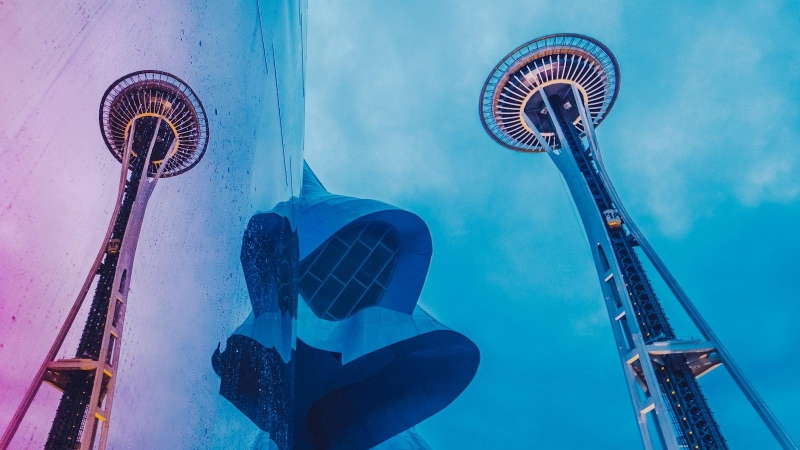
Art carries a significant value beyond the realm of museums and private collections. It has a critical role in public spaces, contributing to the aesthetic and cultural fabric of the community. This trend towards beautifying public spaces with visual art has transcended diverse cultures and geographies. Let’s explore the integral part art plays in transforming these areas into vibrant, engaging and welcoming spaces.
The Appeal of Art in Public Places
Art in public places enjoys immense popularity as it invites widespread appreciation and communal interaction. Ranging from awe-inspiring murals to intriguing sculptures, integrating art in urbanized spaces helps to breathe life into an otherwise monotonous environment. More importantly, the public’s access to such artistic installations fosters shared community connection and sense of ownership.
Art also transcends cultural and linguistic barriers, making it universally accessible. A strong example is Rio de Janeiro’s ’Escadaria Selarón’, with its colorful tiled steps offering a kaleidoscope of colors and visual interest. It has become an iconic landmark attracting locals and tourists alike.
Art as an Agent of Change
Community art projects can have transformative effects on local neighbourhoods. For instance, Philadelphia’s Mural Arts program has made waves, turning plain urban walls into expansive canvases. Besides amplifying the cityscape’s aesthetics, this initiative has fostered community development, social inclusivity and creative expression.
Art can indeed act as a catalyst for change, encouraging a sense of pride and local identity. It offers a platform to address socio-political issues and encourage dialogue. They become visual proclamations of communal resilience, cultural history and shared values.
Economic Impact of Art in Public Places
Moreover, art in public places is much more than an aesthetic pursuit. It has notable economic implications too. For instance, Chicago’s Cloud Gate, dubbed as “The Bean”, is not only a stunning sculpture but a significant contributor to the city’s economy, attracting millions of visitors annually.
Art installations in public spaces encourage tourism, stimulate local commerce and can even boost property values. Therefore, it can serve as an economic engine, contributing positively to local and national economies.
Conclusion
In conclusion, incorporating art in public places has multi-dimensional impacts. These artistic installations, which exist beyond museum and gallery walls, hold a central place in community building, identity formation and tourism boost. By integrating art into our public spaces, we can make our cities more vibrant, inclusive and economically prosperous.
As we continue appreciating and fostering Art’s role in our public spaces, we are not merely beautifying these areas; we are challenging the status quo, encouraging dialogue, emboldening communal interaction, and promoting economic growth. Undoubtedly, keeping art at the heart of public spaces is key to building inclusive, resilient and thriving communities.





